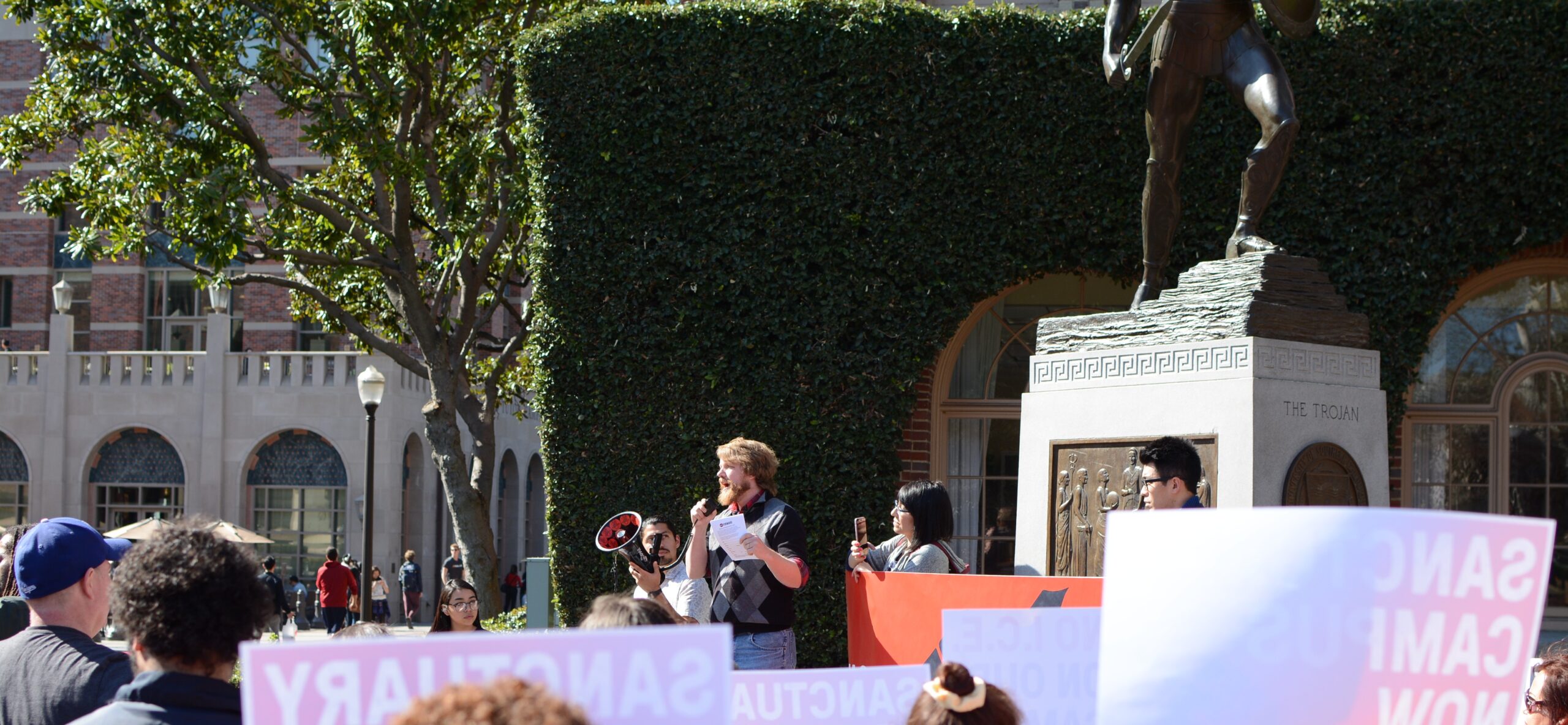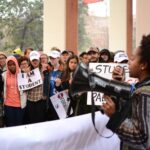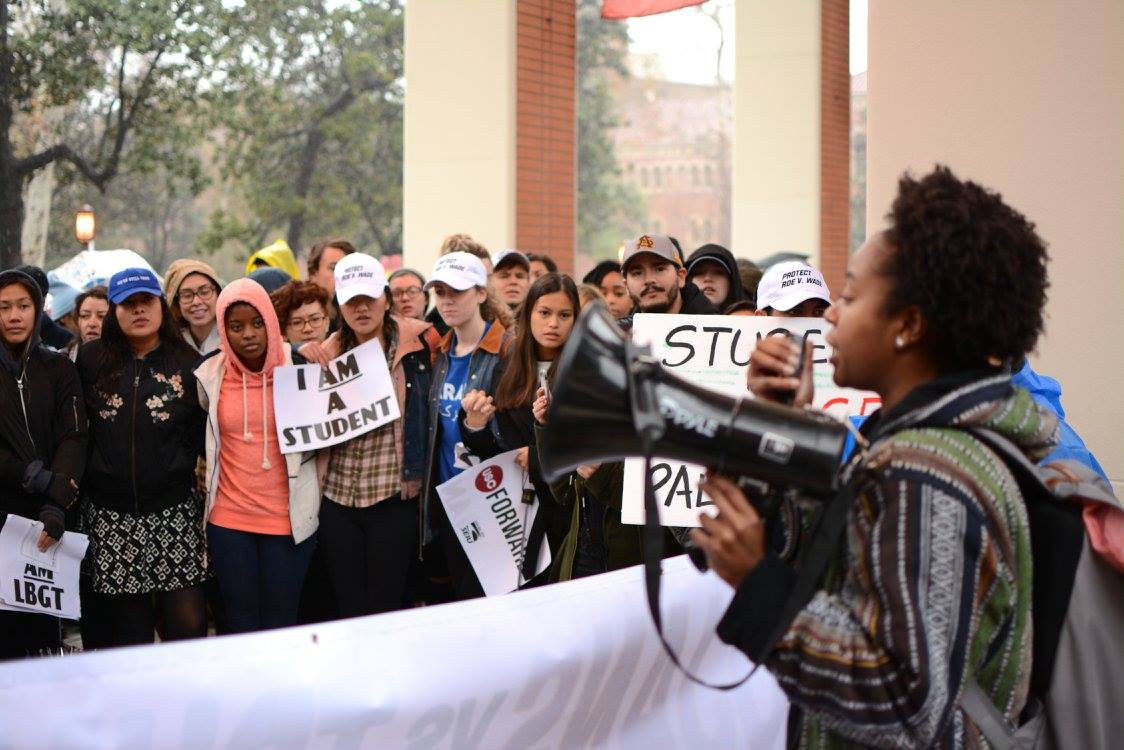Students AND Workers – Our Fight in a National Context
Since the 1960s, graduate workers have struggled for the right to unionize. But while those of us at public universities eventually won that right, those of us at private institutions have almost always been denied it. The first decision by the National Labor Relations Board (NLRB) to block our status as workers came in 1974. Almost a quarter-century later, in a landmark 2000 decision against NYU, graduate employees provided a brief that paved the way to unionize – which many did – only to have it revoked again just four years later in an NLRB ruling against union organizing at Brown University. Finally, the rights of graduate employees to form a union at private universities were formally restored by the NLRB on August 23, 2016, when the NLRB formally ruled against administrators at Columbia University. The NLRB stated explicitly that they saw “no compelling reason – in theory or in practice – to conclude that collective bargaining by student assistants cannot be viable or that it would seriously interfere with higher education,” affirming that “student assistants who have a common-law employment relationship with their university are statutory employees entitled to the protections of the [National Labor Relations] Act.”
The back-and-forth had to do with the question of the “primary relationship,” that is: Are we students laboring primarily for our own educational benefit or primarily workers providing services to an employer in exchange for compensation? The 2016 Columbia University decision was different for its acknowledgement of a rather simple point: This is a false distinction because, in practice, we are fully and clearly both. For years, administrations’ arguments against graduate unions hinged on the spurious claim that having them would erode the educational relationship between students and their advisors by allegedly inserting a harsh union bureaucracy into the middle of something which requires more delicate navigation. Given the nature of intellectual collaboration, this argument went, graduate working relations and conditions are more effectively regulated by the entrenched professional norms of the Academy, which maintains itself through a culture of collegiality and mutual respect. Administrations also claimed the move would adversely affect their institutions’ bottom lines, leading to fewer graduate students they would be able to admit and fund.
Existing research on graduate unions in public universities has long shown this to be false, but private non-profits remained obstinate that their situation was not comparable. Then, in 2013, three years before the Columbia University decision – and in response to years of unrelenting collective pressure by student organizers – NYU agreed to re-recognize their graduate union (having decertified the agreement they made before the NLRB’s Brown ruling in 2004), becoming the first private institution ever to voluntarily do so. Subsequent studies on the aftermath showed that, indeed, neither NYU’s bottom line nor its student-faculty relationships suffered as a result of collective bargaining. In fact, the relationships had by some measures improved – a (not surprising) consequence of having more clearly defined and fairly negotiated workplace expectations. This research become pivotal in convincing the NLRB in 2016 that denying graduate workers’ basic rights was clearly no longer empirically or theoretically justifiable.



